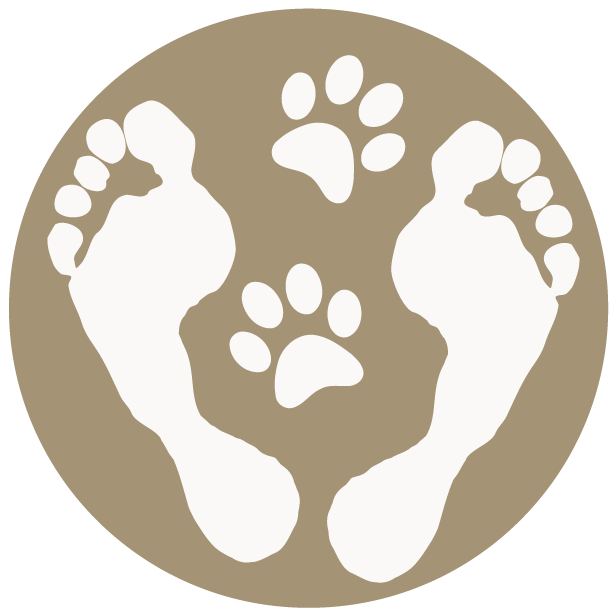Let them Sniff…
A question we often field in regards to sniffing on structured walks is whether or not this is "allowed" and, if so, "when"?
Sniffing is a dog's main way- as animals and canines- of acquiring information about the world around them in a most instinctual way.
A dog's olfactory ability is 10,000 - 100,000 times greater than that of a human's; and their noses contain up to 300 million olfactory receptors, compared to our 6 million (whoa). Sniffing also releases dopamine in the brain, so it - literally - *feels* good for a dog to sniff.
A dog who's constantly robbed of the opportunity to "finish a good sniff" is like a human constantly receiving half-written text messages, emails, half written letters, getting half the news report.... imagine how frustrating that would be!
In regards to "structured" vs. "unstructured" walking, there are - of course- differences between the two; and both are needed for different reasons.
The structured walk is necessary when we're sharing space and pathways with others. As with children, there are rules, boundaries, restrictions, and the dog is under our guidance and direction. This approach to walking is a teaching opportunity, a way to build confidence (in us and in themselves), improve their level of perception (of us and the world around them), and help them acclimate in a more mindful way (especially if they're more sensitive, timid, carrying a level of trauma, or even more head-strong, pushy, and have a stronger personality). This is especially important if a dog has a medium to higher level of prey drive and there are other animals you may encounter. On a structured walk, we have influence, and are guiding and giving direction. Not the other way around.
Yes, we *want* the dog to sniff... but, on a structured walk, it's on our time table; not their's. On our pack walks, for example, we're sharing the sidewalks and pathways with other people and dogs; so my dogs are absolutely under my influence and direction the entire time. I want them to sniff, so I stop and give them time to read and reply to pee-mails. They're not dragging me here, dragging me there, telling me where to go, how long we stay there, etc. It's part of our walk, but one of many. There are several elements and components in play during a structured walk, and we cover this in greater detail in our digital course: "Walk Like a Boss" / https://packfit.thinkific.com.
Unstructured walking is just that. Unstructured. Dogs are free to be dogs and do dog things with far less restrictions. Dogs can explore, roll, zoom, enjoy their freedom, and simply being a dog. Of course, whether or not this is on or off leash is dog, relationship, and situationally dependent. We must remain mindful, *know our dogs*, and make wise calls when it comes to this. If a dog has poor recall, relationship is not in tact and the human has little to no relevance, is a flight risk, and/or if the dog has, again, a medium to high level of prey drive... it would be wise to do this in more secured spaces or possibly with a long line (when appropriate).
Sniffing is such a huge part of who dogs are as DOGS, and absolutely needs to be practiced and exercised. Most "pet" dogs living under constant human influence (most of whom don't understand them as dogs)are also living in a state of "identity crisis". This is, yet another, reason why I recommend Nosework to all of our clients (which we also have a course in, "Nosework for the Home Dog": https://packfit.thinkific.com). Although a more structured form of sniffing, Nosework channels and appeals to the animal and canine in the dog, and is incredibly satisfying. Plus, it's great for extreme and inclement weather days.
Constantly cutting off a dog's sniff has always reminded me of this Big Bang Theory episode.... https://www.youtube.com/watch?v=t9Av2l4t0U4&t=118s
I do hope this offered some insight!

